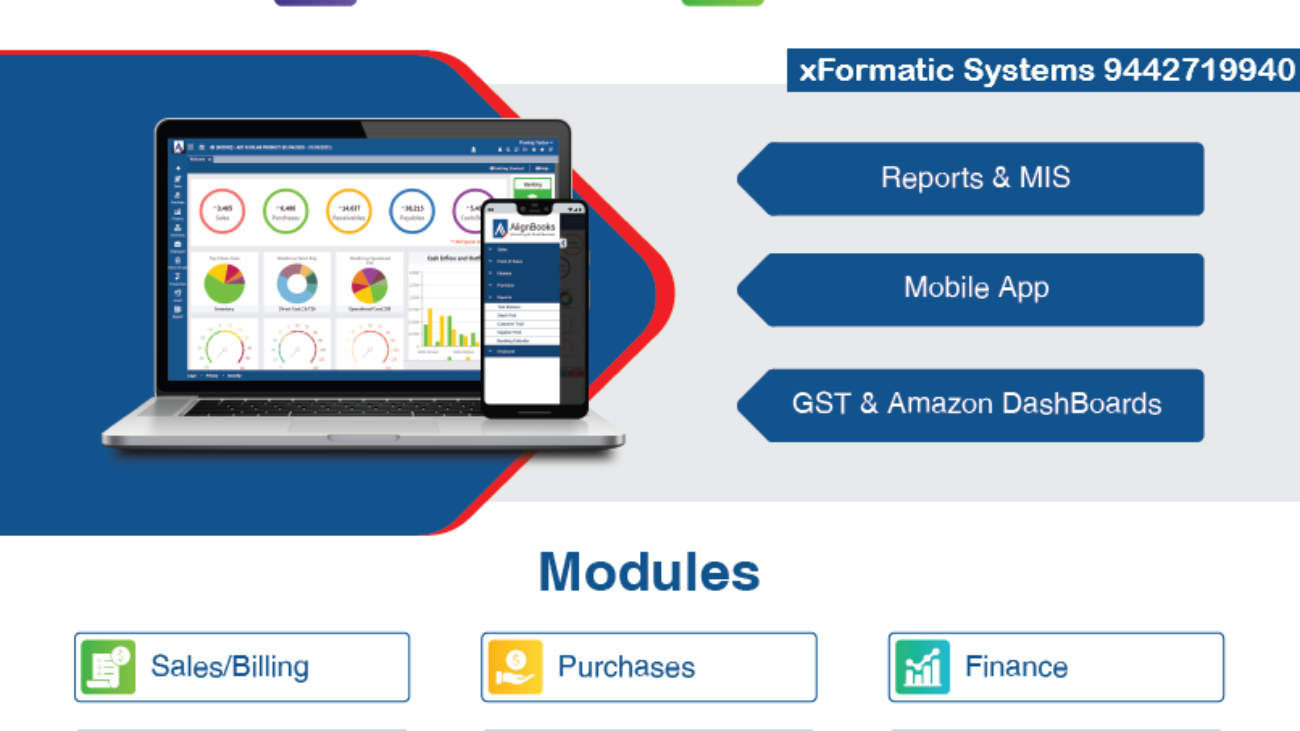Dashboards can be incredibly helpful in accounting by providing a centralized, visual representation of key financial data and metrics. Here are some ways dashboards can aid in accounting:
1. Financial Overview: Dashboards can display a comprehensive overview of an organization’s financial performance, including revenue, expenses, profits, cash flow, and other critical financial indicators. This bird’s-eye view allows accountants and managers to quickly assess the company’s overall financial health.
2. Key Performance Indicators (KPIs): Dashboards can showcase important KPIs relevant to accounting, such as accounts receivable turnover, inventory turnover, days sales outstanding (DSO), and current ratio. These metrics help accountants monitor the efficiency of financial operations and identify areas that require attention.
3. Budgeting and Forecasting: Dashboards can display actual financial results against budgeted figures, allowing accountants to track variances and make informed decisions about future budgets and forecasts. This visual comparison can highlight areas of overspending or underperformance, enabling proactive adjustments.
4. Accounts Receivable and Payable: Dashboards can provide real-time visibility into accounts receivable and accounts payable, including aging reports, outstanding balances, and collections status. This information helps accountants manage cash flow more effectively and prioritize collection efforts.
5. Expense Tracking: Dashboards can break down expenses by category, department, or project, allowing accountants to monitor spending patterns, identify areas of potential cost savings, and ensure compliance with budgets and policies.
6. Trend Analysis: Dashboards can present financial data over time, enabling accountants to identify trends, seasonality patterns, and potential areas of concern. This historical perspective can inform decision-making and strategic planning.
7. Exception Reporting: Dashboards can highlight exceptions, such as transactions that fall outside predefined thresholds or anomalies in financial data. This alert system helps accountants quickly identify and investigate potential issues or errors.
8. Collaboration and Reporting: Dashboards can facilitate collaboration among accounting teams by providing a shared view of financial data. Additionally, they can generate customized reports tailored to specific stakeholders, such as executives, managers, or external auditors.
By leveraging dashboards, accountants can access critical financial information in a visually appealing and easily digestible format, streamlining analysis, decision-making, and reporting processes.

 Cart is empty
Cart is empty 
